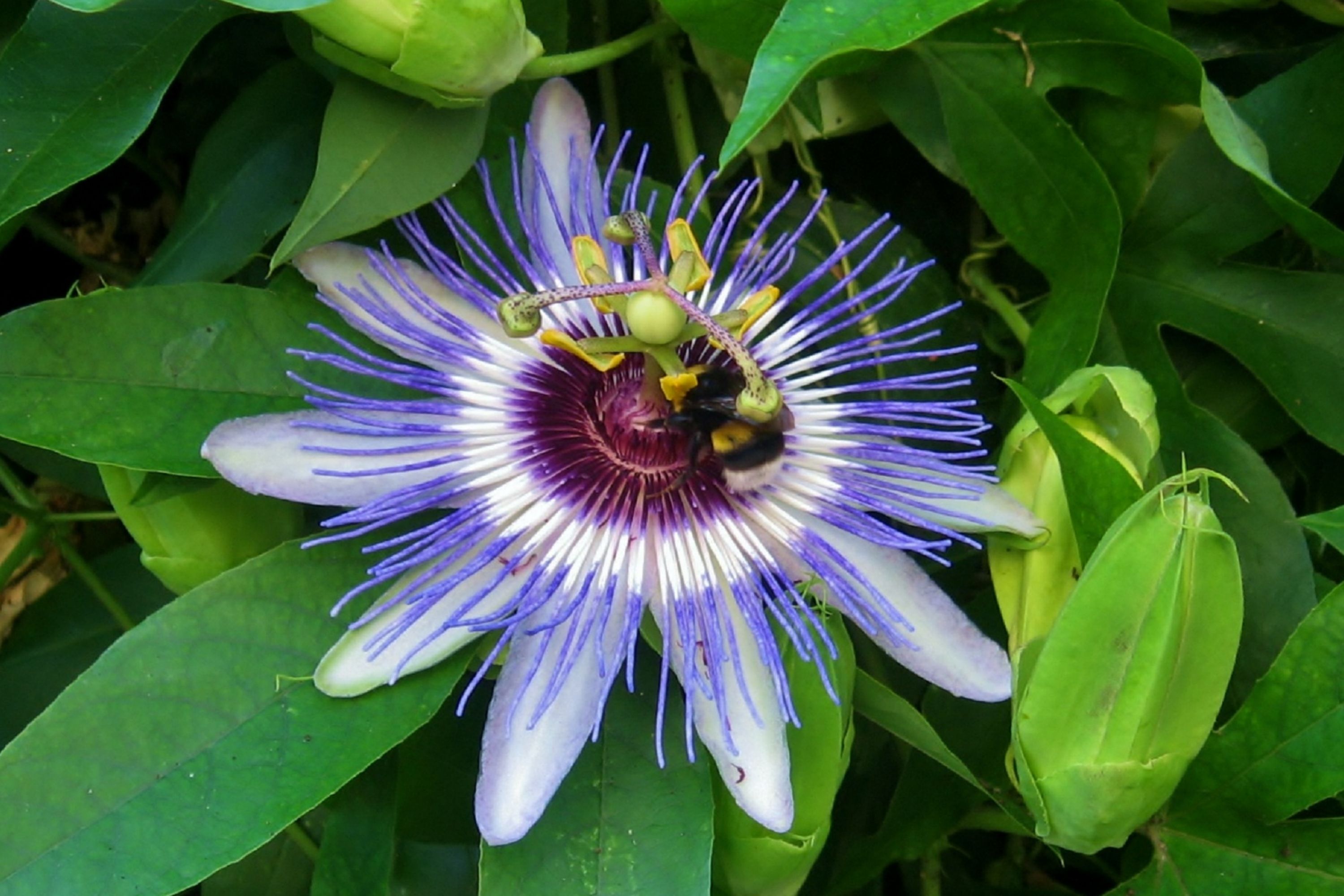Cupped passionflower
(Passiflora bryonioides)

Description
Passiflora bryonioides, the cupped passionflower, is a plant in the genus Passiflora, family Passifloraceae. It is native to northern Mexico (Sonora, Chihuahua, Sinaloa and Guanajuato) and the south-western United States (Arizona). The plant is an annual, tendril-forming vine up to 2 m tall, with palmately-lobed leaves. Flowers are white with purple stripes along the petals. Fruits are pale green and ovoid. Passiflora, known also as the passion flowers or passion vines, is a genus of about 550 species of flowering plants, the type genus of the family Passifloraceae. They are mostly tendril-bearing vines, with some being shrubs or trees. They can be woody or herbaceous. Passion flowers produce regular and usually showy flowers with a distinctive corona. The flower is pentamerous and ripens into an indehiscent fruit with numerous seeds. A list of Passiflora species is found at List of Passiflora species. Passiflora has a largely neotropic distribution, unlike its family Passifloraceae, which includes more Old World species (such as the genus Adenia). The vast majority of Passiflora are found in Mexico, Central America, the United States and South America, although there are additional representatives in Southeast Asia and Oceania. New species continue to be identified: for example, P. xishuangbannaensis and P. pardifolia have only been known to the scientific community since 2005 and 2006, respectively. Some species of Passiflora have been naturalized beyond their native ranges. For example, the blue passion flower (P. caerulea) now grows wild in Spain. The purple passionfruit (P. edulis) and its yellow relative flavicarpa have been introduced in many tropical regions as commercial crops. Passion flowers have unique floral structures, which in most cases require biotic pollination. Pollinators of Passiflora include bumblebees, carpenter bees (e.g., Xylocopa sonorina), wasps, bats, and hummingbirds (especially hermits such as Phaethornis); some others are additionally capable of self-pollination. Passiflora often exhibit high levels of pollinator specificity, which has led to frequent coevolution across the genus. The sword-billed hummingbird (Ensifera ensifera) is a notable example: it, with its immensely elongated bill, is the sole pollinator of 37 species of high Andean Passiflora in the supersection Tacsonia.
Taxonomic tree:







